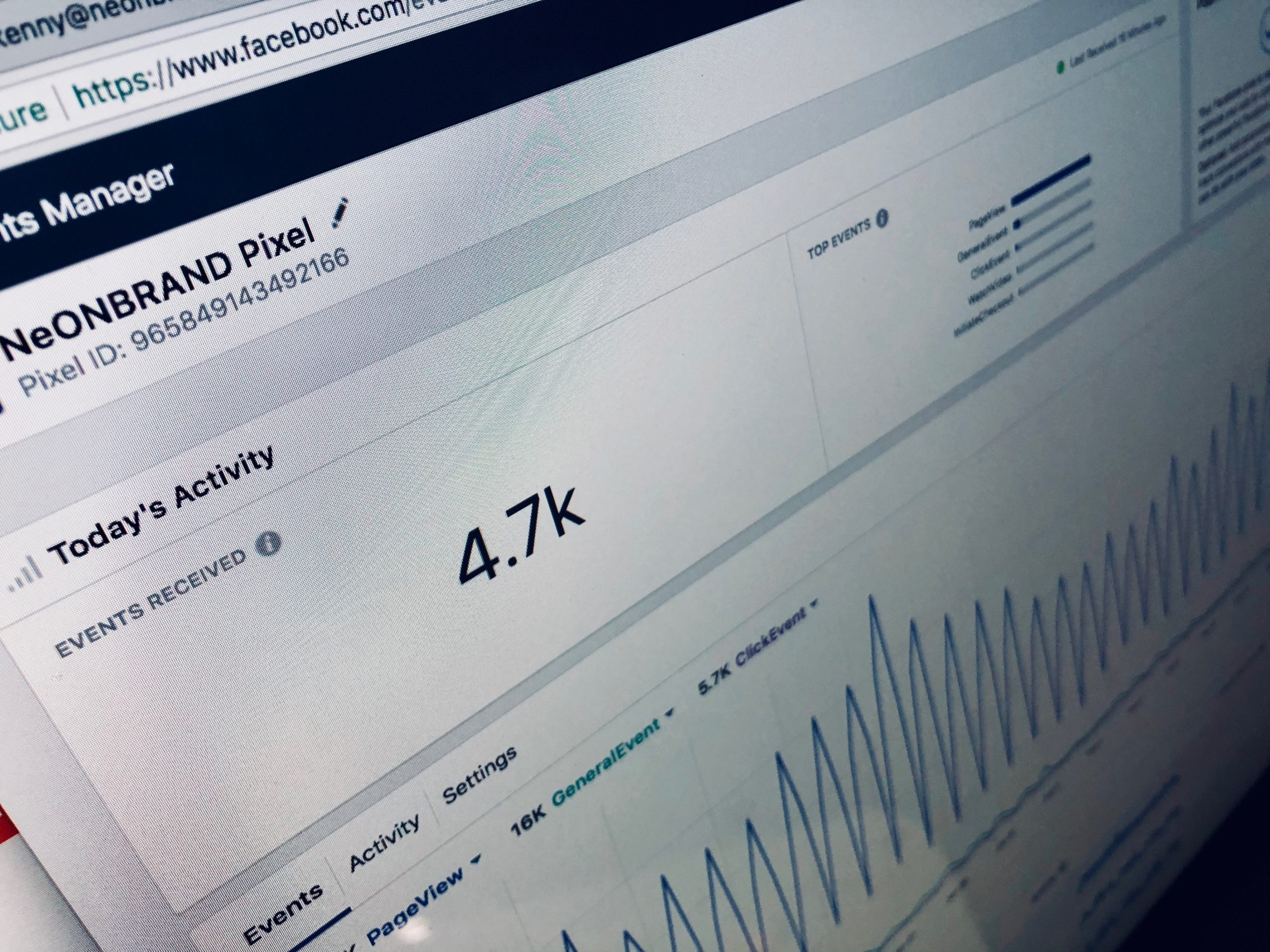Early in our broadcasting careers, we learned television and radio advertising terms like AQH, ROS, and daypart. Today, digital advertising comes with a whole new dictionary.
As a programming guy from traditional broadcasting, I have gotten healthy exposure to many new words and acronyms working with SXM Media — the home of SiriusXM, Pandora, and Stitcher.
Digital ad spending dwarfs linear TV, radio, out-of-home, and newspaper. This list barely scratches the surface of the digital ad terms that most sellers know, but programming-side folks like me can sound a little smarter in meetings by adding a few of these to your vocabulary.
CONVERSION
How many people who viewed an ad clicked on it to buy a product or service? If the ad was viewed by 100,000 people and 1,000 people clicked on it, that is a 1% conversion rate. The higher the conversion rate, the better.
LAST-CLICK ATTRIBUTION
If a person clicks on an ad to make a purchase, is it because of that ad – or were they also influenced by other ads before the one they clicked on? Advertisers watch that last-click metric very carefully.
INCENTIVIZED TRAFFIC
Did a person click on an ad or download a podcast because of intent or interest – or because they were incentivized? Advertisers want only the former and not the latter. A recent Bloomberg story exposed how some podcast publishers inflate audience numbers through mobile game incentives.
BOUNCE RATE
The ratio of how many of your website visitors hit a single page of your website and leave without visiting any other pages.
REACH
The number of users who saw an ad or content at least once is the reach. Some of that reach comes through paid exposures. Organic Reach is the number of users who saw an ad or content that people shared or liked organically and not because of paid exposure.
IMPRESSIONS
The number of times that an ad is exposed to a person on a particular screen. If an ad appears for a user on two different screens, that scores two impressions.
BRAND LIFT
How do you know if an ad campaign increased purchases and brand awareness? Research studies compare a group who saw an ad against another group who have not seen the ad. Lift is the percentage difference in impact between the two groups.
PROGRAMMATIC
Using software to place digital ads can be extremely efficient and can improve targeting to a specific audience. It can also place a brand in some ugly regions of the internet. Smart advertisers now carefully scrutinize buys, so their campaign does not inadvertently appear on hate speech and disinformation channels.
A/B TESTING
An advertiser creates two ads for the same campaign and runs them both as a small-scale test. They will study the response statistics to see which ad performs better and choose the strongest version for the larger campaign.

